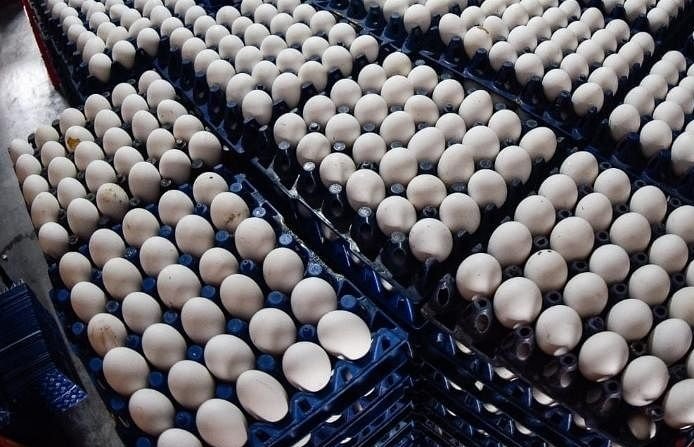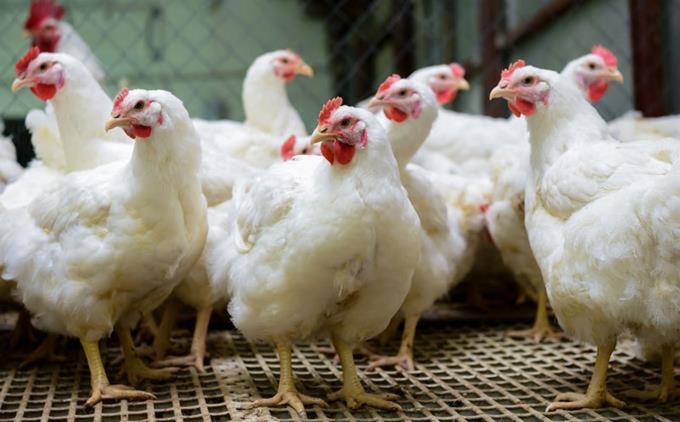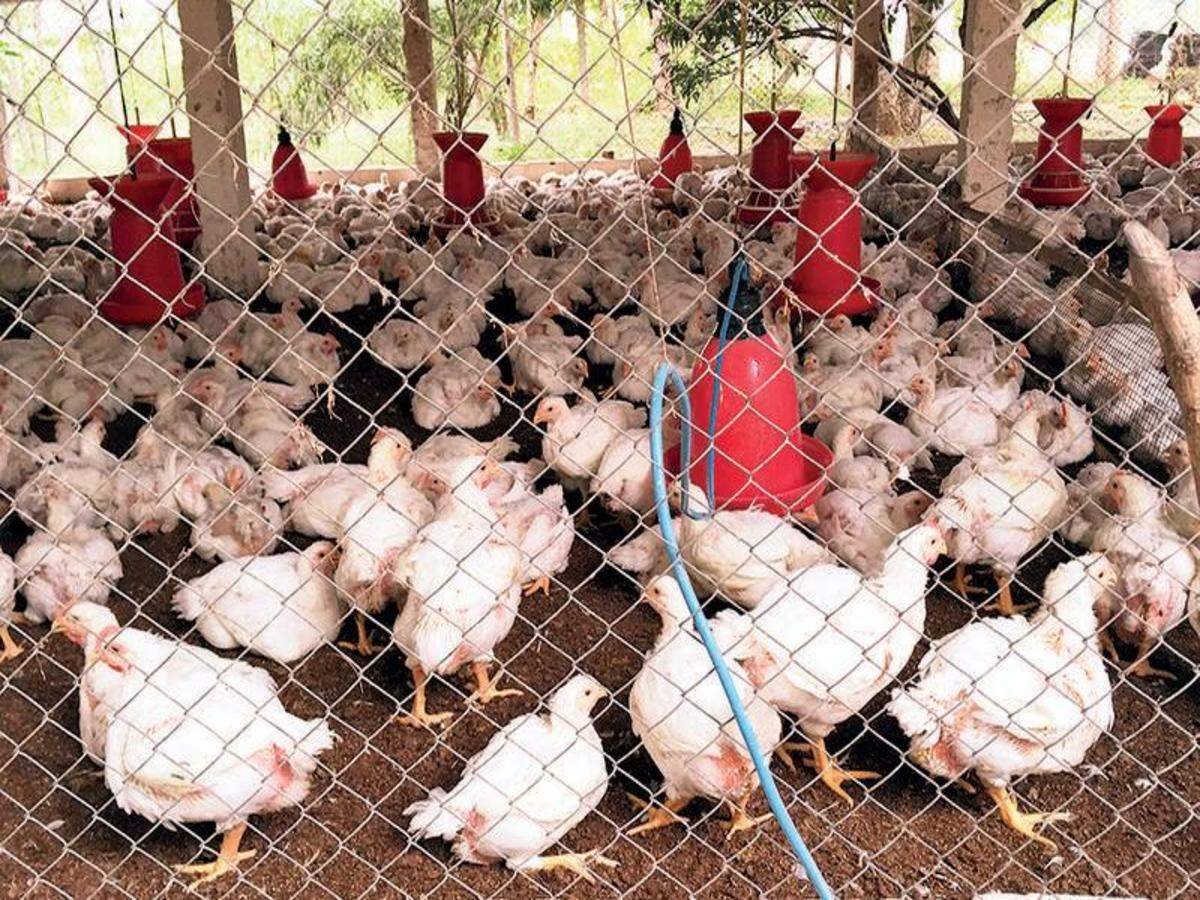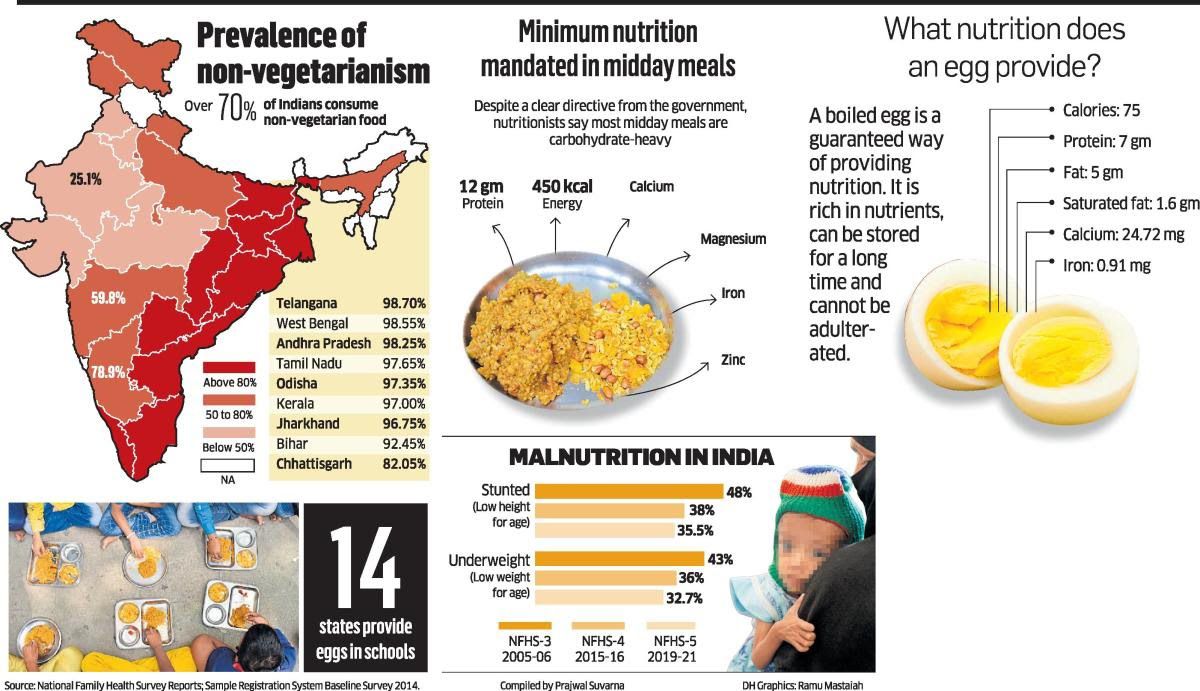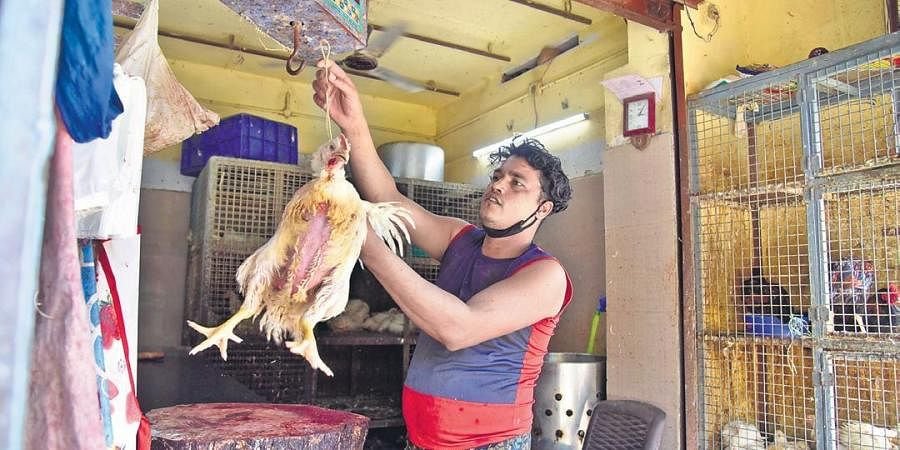Kerala vet doc gets patent for biodiesel from chicken waste
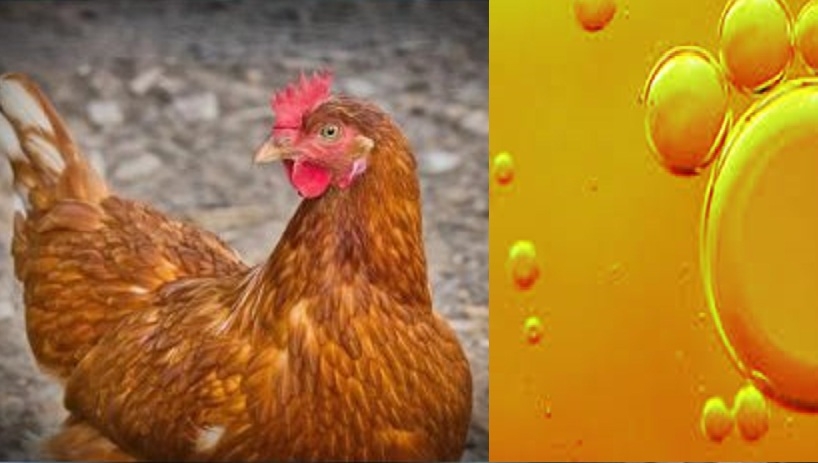
WAYANAD (KERALA) : After waiting for more than seven years, John Abraham, a veterinary-doctor-turned-inventor, has finally received the patents for inventing biodiesel from slaughtered chicken waste that offers mileage of over 38 km a litre at around 40% of the current price of diesel and lowers pollution by half.
After seven-and-a-half years, the Indian Patent Office finally granted us the patent on July 7, 2021, for inventing 'biodiesel produced from rendered chicken oil', Abraham, an associate professor at the veterinary college here under the Kerala Veterinary & Animal Sciences University, told PTI from Wayanad.
The invention is an outcome of his doctoral research at the Namakkal Veterinary College under the Tamil Nadu Veterinary & Animal Sciences University.
He said the patent was delayed as permission from the National Biodiversity Authority was needed because the key raw material going into the patented invention was a biological material locally sourced.
During 2009-12, Abraham pioneered research on producing biodiesel from the slaughter waste of broiler chicken and dead poultry birds. He completed the research under the guidance of the late Prof Ramesh Saravanakumar (passed away awaiting the patent in November 2020), who had filed for the patents in 2014 on behalf of the Tamil Nadu Veterinary & Animal Sciences University, Abraham said.After his research, Abraham joined the Pookode Veterinary College, near Kalpetta in Wayanad, and in 2014 he set a ?18-lakh pilot plant at the college campus with funding from the Indian Council for Agricultural Research.
Following this, Bharat Petroleum's Kochi Refinery in April 2015 had issued a quality certificate for the biodiesel he invented and since then a college vehicle was being run on this fuel only, he said.
When asked why chicken waste, he said birds and pigs have single stomach which offer higher fat saturation and this is easy to render oil under room temperature.
Three of his students and Abraham are now working on developing biodiesel from pig waste.
He said 100 kg of chicken waste, procured from slaughter houses for which he gets paid up to ?7 a kg, can produce 1 liter of biodiesel, which offers over 38 kmpl and can be sold at 40 per cent of the diesel price now.
The higher mileage and lower pollution is due to the fact that chicken waste contains 62 per cent fat, offering the key energy content of Cetane at 72, while in normal diesel it is only 64. It also increases engine efficiency by 11 per cent due to the presence of more oxygen, and reduces smoke levels by over 47 per cent, Abraham said.
The high Cetane value of 72 in animal fat bio-diesel leads to shorter ignition delays, providing more time for fuel combustion, leading to more efficiency and less exhaust emission, he explained.
On blending side, he said, for old diesel engines his biodiesel can be blended at a ratio of 80:20, while for new CDREi engines, it the reverse--20:80. About commercialisation, he said a team from Hindustan Petroleum visited him last Friday, adding after the lockdowns he and the HPCL team would meet the Tamil Nadu veterinary university to negotiate the commercials as the patent is granted to the varsity. Whether he'd begin commercial production on his own, given that the 2018 biofuel policy removes licence for producing and selling such fuels, he answered in the negative saying business is not his forte but research and that he would be happy drawing a royalty from licence holder.
"I don't want to leave the job but pursue more research and we (two students from Kerala and a third one coming in from Cameroon) are already into inventing diesel from pig waste. I am ready to sell the patent for a one-time payment or an annual royalty," he said, adding, however, the university will fix commercial aspects.
He said his diesel has a veg oil smell and looks light yellow, almost like the normal diesel.
The 2018 bio-fuel policy has proposed 10% reduction in crude imports by 2020 with 20% blending of bio-diesel and bioethanol and the bio-diesel required for 20% blending is 16.72 metric tonne per day. Major buyers of biodiesel are IOC, BPCL, the Railways (piloting a Shatabti Express) and Karnataka and Kerala state road transport corporations.
Biodiesel can be used in all diesel engine types at 20% blending level and it reduces total fuel consumption and brake specific fuel consumption, while it increases the mechanical efficiency and brake thermal efficiency apart from lower engine wear and a quieter engine leading to better fuel economy due to its better lubricating qualities. The dry rendering process consists of pre-breaking, cooker charging, cooking, sterilization, drying, centrifuging and milling.
The average yield of sterilized poultry carcass meal is 35% of the weight of broiler waste loaded into the cooker. Sterilized carcass meal is used as a feed ingredient with 62% crude protein and 12% total ash. Total yield of rendered chicken oil is 4% of the weight of total waste. Antoher co-product is glycerol that has wider use in pharma, bakery, food and beverages, expoxy resins etc and can fetch ?254 per liter.
Source: LIVE MINT


